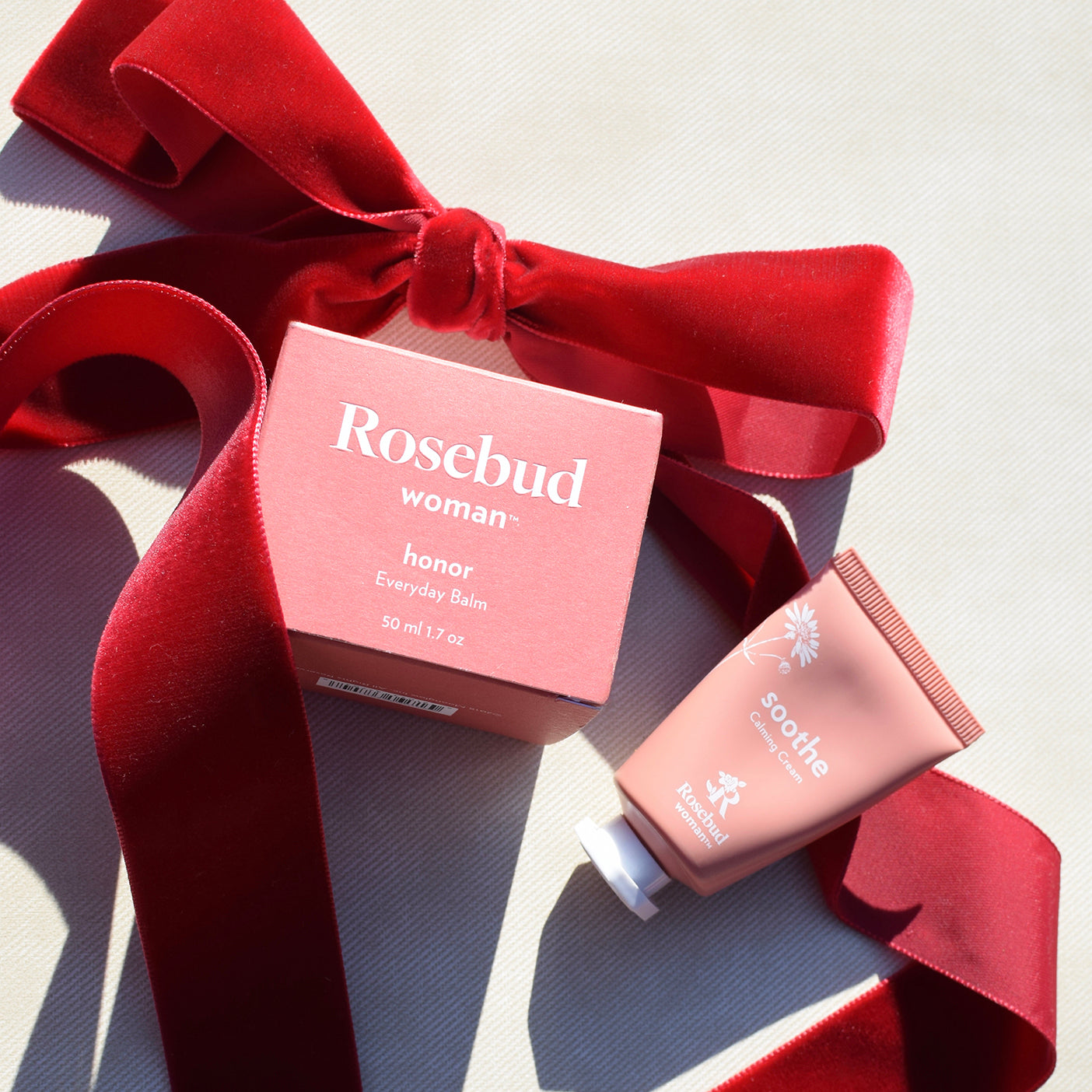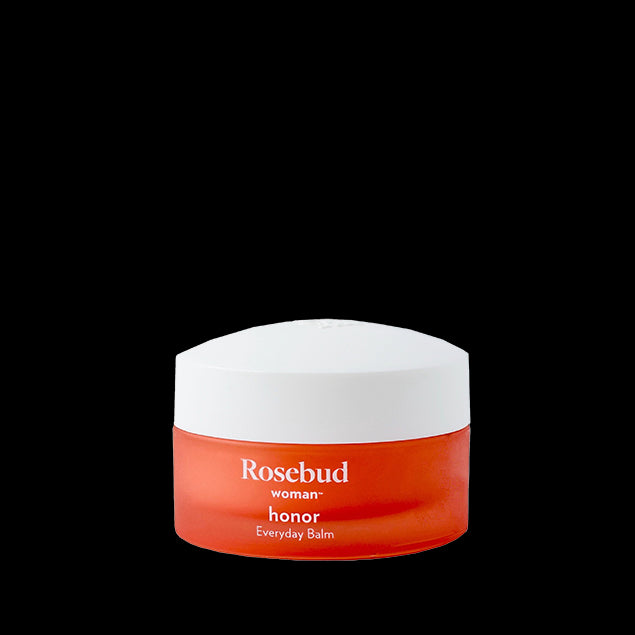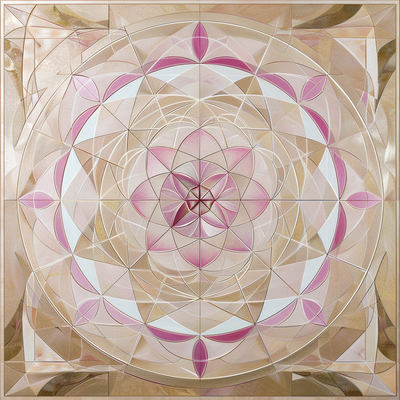Switching on the Pelvic Bowl for Alignment, Power and Pleasure
At the base of the pelvis are intersecting bands of muscles that help contain the pelvic bowl.
In the ancient Indian practices of yoga, the engagement of this system at the base of the torso is called the “Root Lock” or, in Sanskrit, “Moola Bandha.” This is not just a gross muscular practice, but an energetic practice.

The Root Lock is one of four commonly practiced “locks.” (In the image above, it begins where the little yellow cross is located.) The three others are at the abdomen, the chin, and the tip of the tongue. When these locks are applied, the spine and spinal cord are held in such a way as to optimize energy flow. This improves nervous system communication up and down the spine and out to the organs and extremities. When we connect the Root Lock to our breathing, a sort of gentle pumping mechanism occurs. This lifts, strengthens, and oxygenates the pelvic floor.
The original documentation about Moola Bandha was written by men, describing their personal experience. But in the female body, applying the Root Lock feels very different. The vaginal cavity benefits from containment, whereas in the biologically male body, this is not a need.
For women, we lift up at the perineum, as if this intersecting band of muscles was hugging the tailbone. Then, we engage the vaginal cavity and the rectum toward one another (front to back/back to front). As our friend Anna explains: ”Imagine you had a suppository and a tampon in at the same time, and they were reaching for each other. That’s the action we want to see.” The next step is to lift the whole system up toward the navel, and then hug the outer hips toward one another.
You may notice when practicing this version of Root Lock that you get a superior boost in energy, and a sense of grounded presence and power. We do this periodically throughout the day, and alway when preparing for a meeting or public speaking or a challenging conversation: it’s a way of dropping down into the body, into your core of creative power.
learn about pelvic anatomy
Gynecologists and birth helpers often suggest Kegels exercise as a way to strengthen the vagina. They often compare the tightening process to “stopping the flow of urine.” That’s actually a different muscle set. Once you begin fine-tuning your muscular awareness, you will see that the muscles that stop urination, the muscles that allow contraction of the anus, and the muscles that help us engage the vagina are different systems.
A good way to isolate and activate the vaginal and pelvic floor musculature is with an aid called “Jade Balls,” or “Jade Eggs,” or “Yoni Eggs.” We get ours from Keggel.org. This site also has some excellent suggestions for how to practice, what to expect, and how to progressively train and get stronger, leading to greater vaginal sensation and more pleasure.
Bonus: When you work with the pelvic bowl you also begin to open the hip and groin, as well as the full 360º hip and thigh area. One exercise we really like in this practice is a self-adjustment of the pubic bone. To do this exercise lay on your back, with your knees together and your feet apart, and place two fists between your knees. On the exhale, squeeze your knees together as hard as you can, and hold for a count of eight. Often, you will hear a small pop, as the pubic bone realigns itself.
organic balm for self massage














